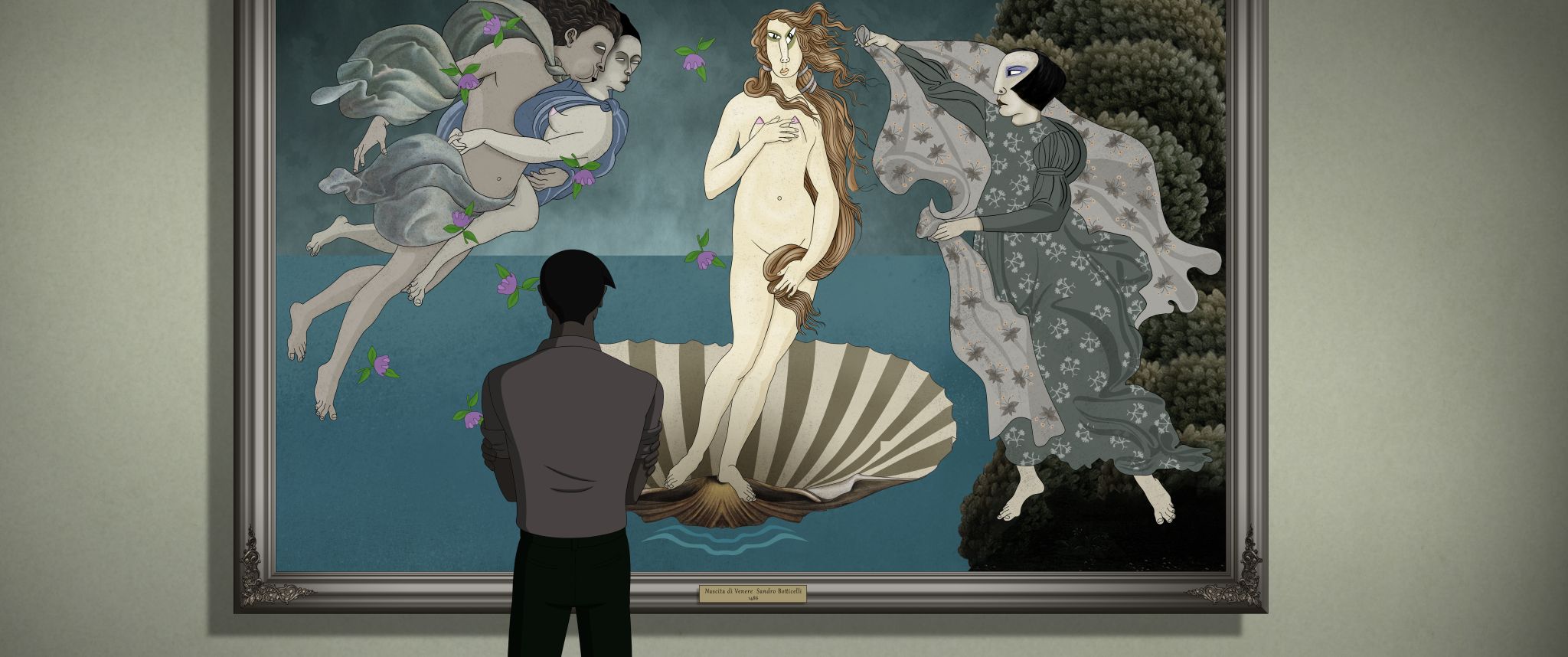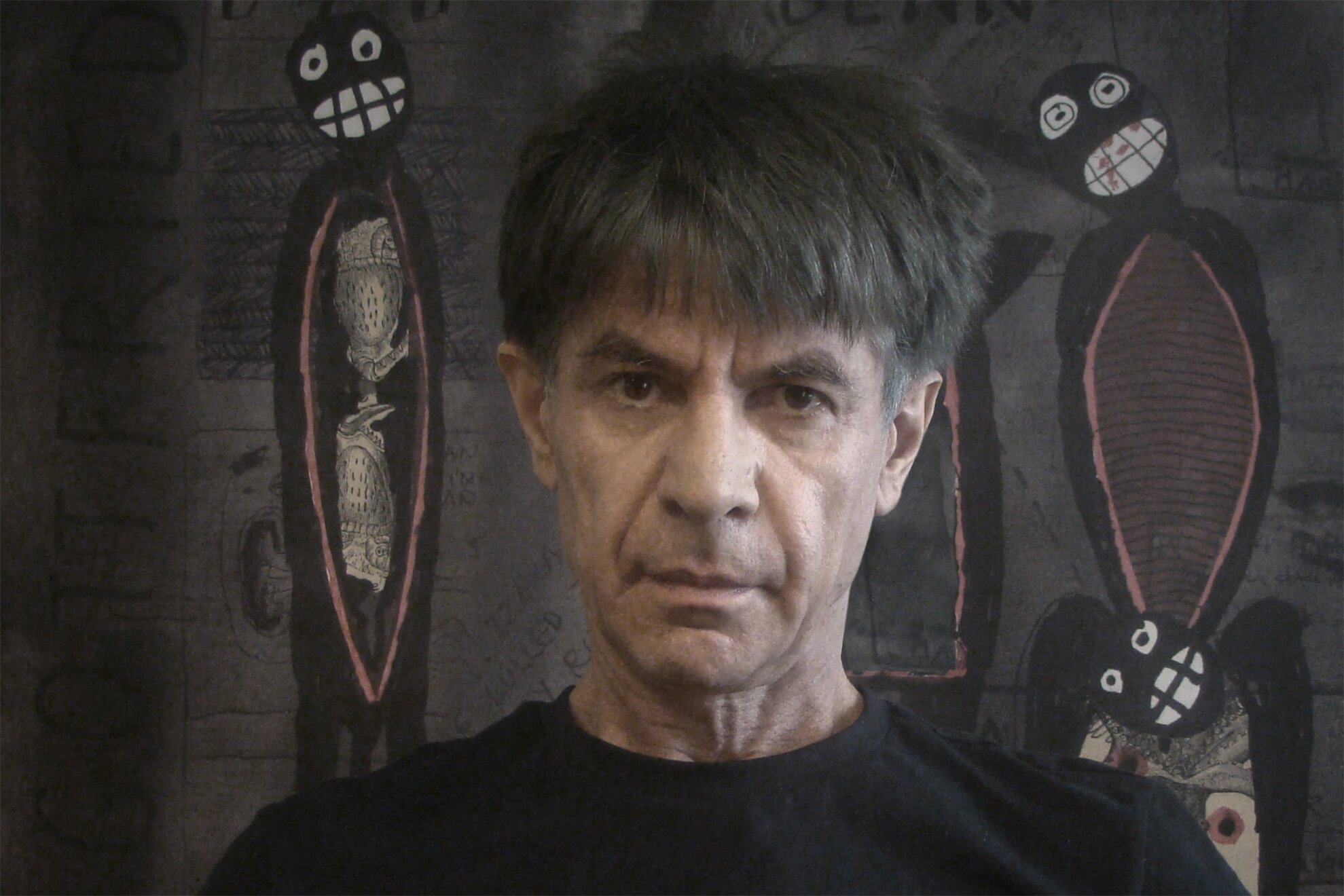
For those of us in Budapest back in the day, Milorad Krstić was the Ralph Steadman of the local English-language press. Slovenia-born of Serbian descent, Milorad rocked up here in 1989, opened the Roczkov Gallery, published books and exhibited around town. In 1995, he wrote, directed and animated the short but astonishing feature My Baby Left Me, which screened around Budapest and won the Silver Bear at the Berlin Film Festival.
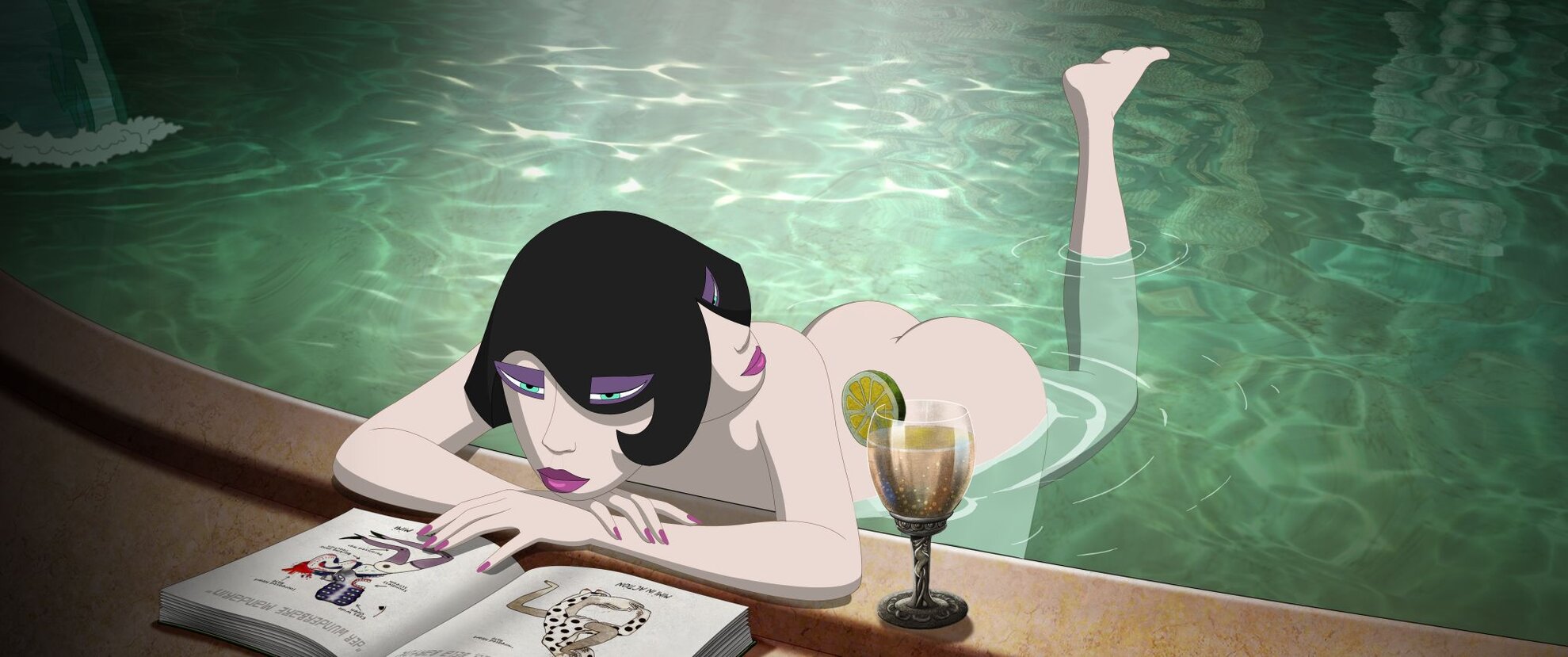
Now he’s back with the 94-minute, thrill-a-second, Ruben Brandt, Collector. Premiered at the Locarno Film Festival this summer, it quickly received distributed rights across North America, with more global exposure to follow.
Milorad takes up the story: ‘I’m a painter and I wanted to make a feature animation about painting, about the fine arts. The main character is Ruben Brandt, after the painters Rubens and Rembrandt. To be a more interesting movie, I packaged art into a crime story: Ruben Brandt is a serial burglar of famous galleries.’
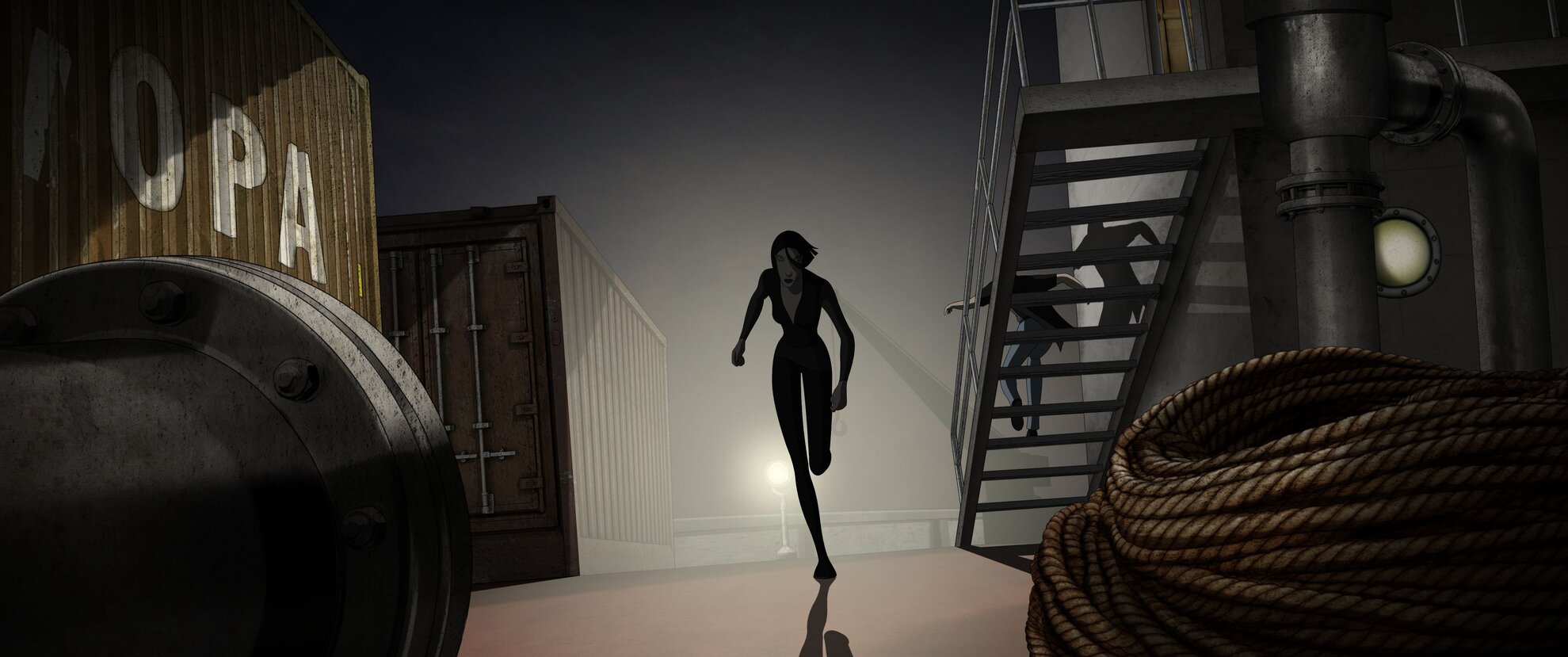
‘To make it more dramatic, I created it a psycho-thriller: Ruben steals these paintings not because of their value, but because he is forced to. The characters in these famous works haunt him, first in nightmares, then in daily hallucinations. The only way for him to get rid of these haunting visions is to possess the paintings themselves. Now we have a story based on art, crime and psychology.’
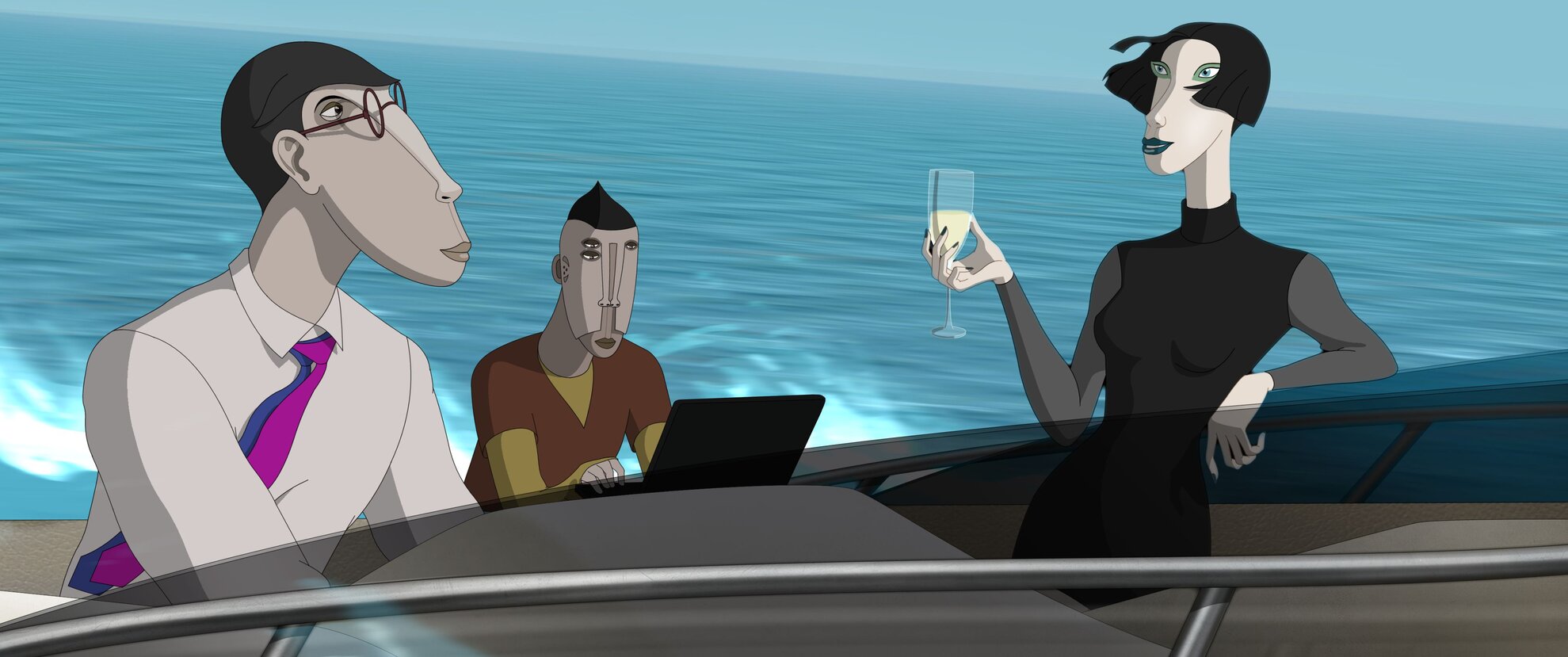
Then came Milorad’s own visions: ‘Even by 2010,I had a hundred scenes from the movie in my head – you can see them on my old blog. Every scene has a number and a title, such as: Scene 119: Chasing Ruben Brandt, Jack ‘No Jokes’ Gambino enters a farm near Senta in Vojvodina. Or: Scene 112: Bounty hunter Fëdya Kuragin is relaxing in his New York apartment when he gets a phone call from Mike Kowalski’.
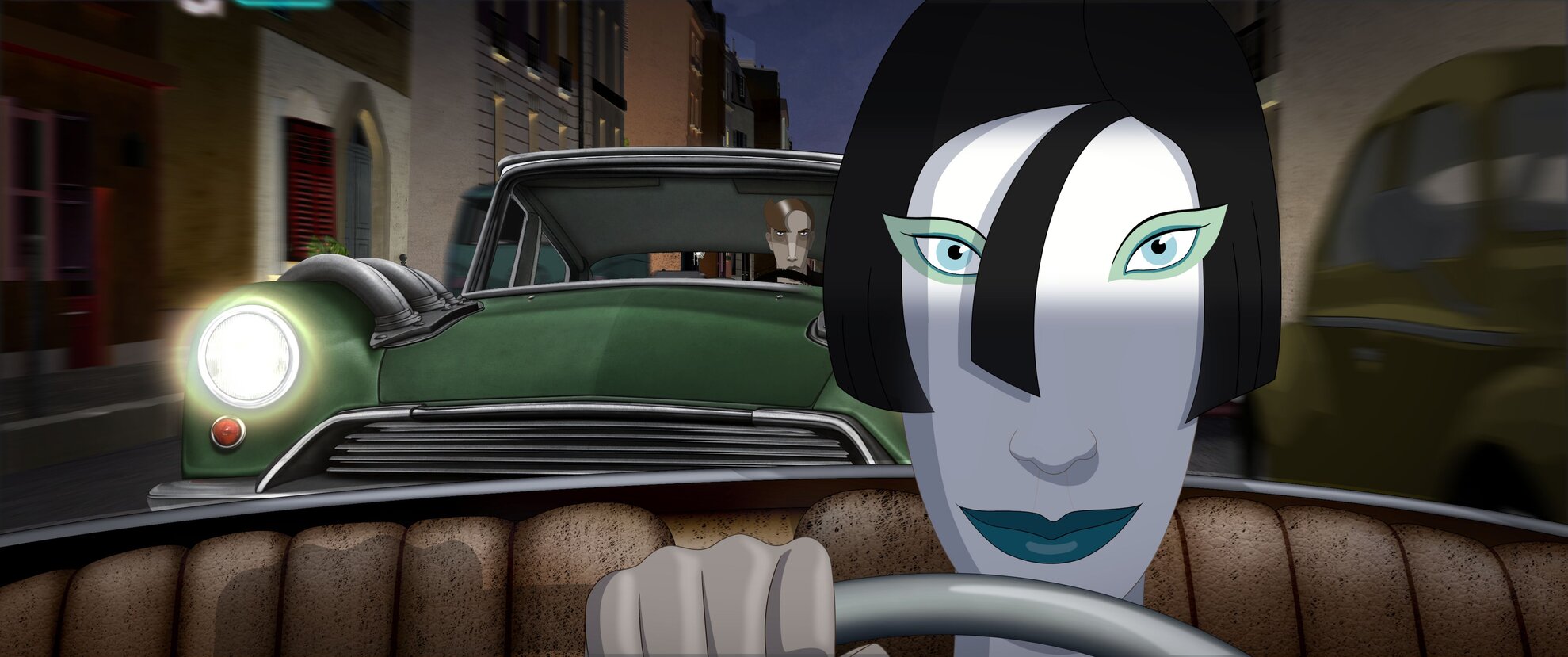
‘At that time, I didn’t know the storyline, but I was building the visual atmosphere and the graphic style of the movie, events, places, characters, background, cars, dialogue etc. I was pretending that those scenes were real ones from a film – in fact, these were the skeleton for this future feature.’
But Ruben Brandt was first a stage play: ‘Director and choreographer Csaba Hórvath liked the idea of Ruben Brandt and wanted to make it a theatre show with the Forte Company. I created the script and the stage design. Thanks to the brilliant Csaba and his talented actors, it was a fantastic two-hour piece, performed 13 times in the winter of 2011-12 at Budapest’s Kunsthalle’.

‘With my wife, Radmila Roczkov, I continued to work on the script for an animated feature, which was considerably different from the play. After receiving support from the Hungarian National Film Fund, we created an animation studio in our own flat, and from November 2015, when we moved to Benczúr utca, this became a professional studio at work. I’m very proud of this studio’s achievements and the quality of its work. Personally, I think this is the best small animation studio in the world.’
Part film noir, part paean to painting, part heart-stopping travelogue, Ruben Brandt is also Tarantino-esque in its exquisite choice of songs – who else could get The Tremeloes to grab you by the throat?
https://www.youtube.com/watch?time_continue=24&v=-g8XPzvwric
‘When I start to do the previews of any sequence, I put in the music I would like to hear. The rhythm of the music dictates the rhythm of the animation and the rhythm of the editing. The soundtrack of this movie is not typical, but I wanted it to be wide-ranging, to be eclectic. I wanted to mix original music by Tibor Cári with quite different styles; a twist by The Tremeloes, Puccini’s ‘Nessun Dorma’ or a postmodern jukebox with Haley Reinhart’s interpretation of Radiohead’s ‘Creep’. For the classical composers in the movie, Haydn, Mozart and Schumann, the adviser was Gabriella Veres, another vital member of the team.’
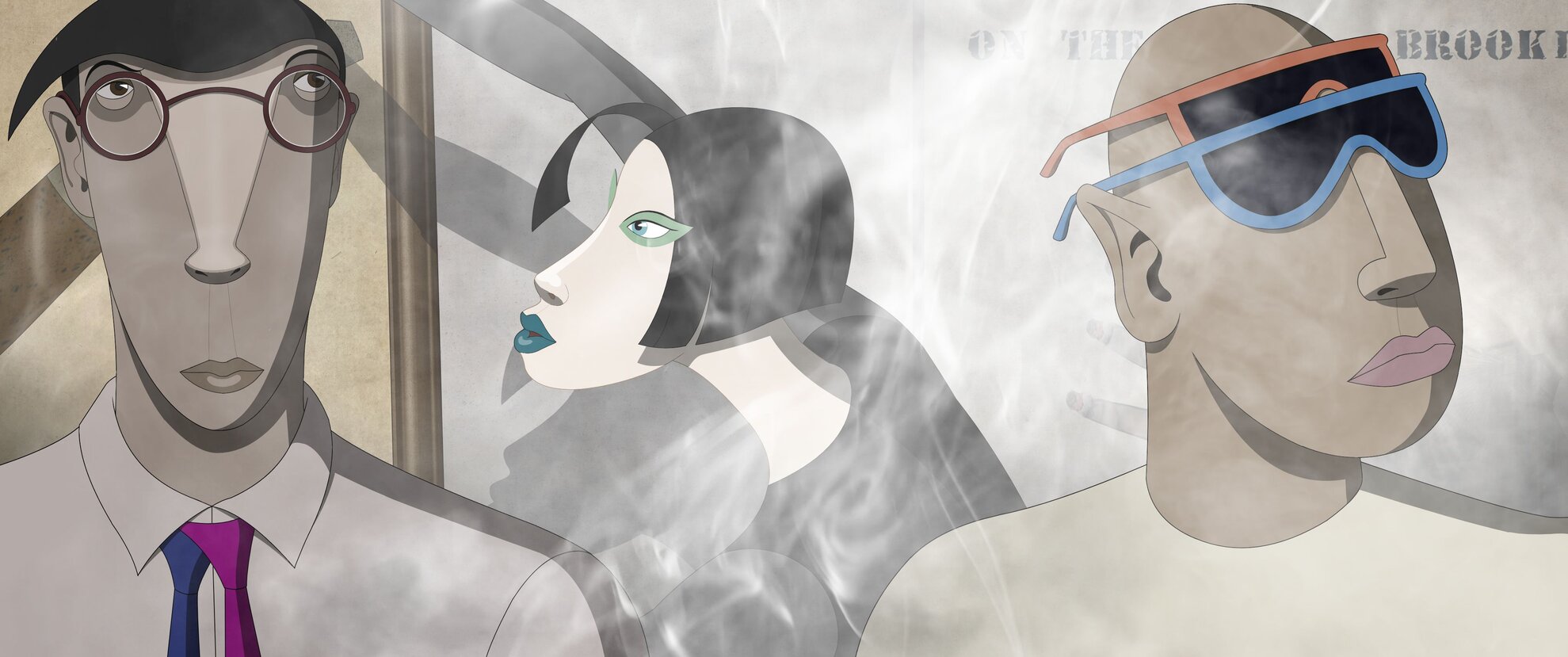
With so many filmic references they are given their own long list in the credits afterwards, Ruben Brandt creates a wacky canvas onto which art, crime, romance and childhood trauma are splashed with merry abandon. Those with basic Hungarian and street Parisian should be able to follow this multi-layered tale:
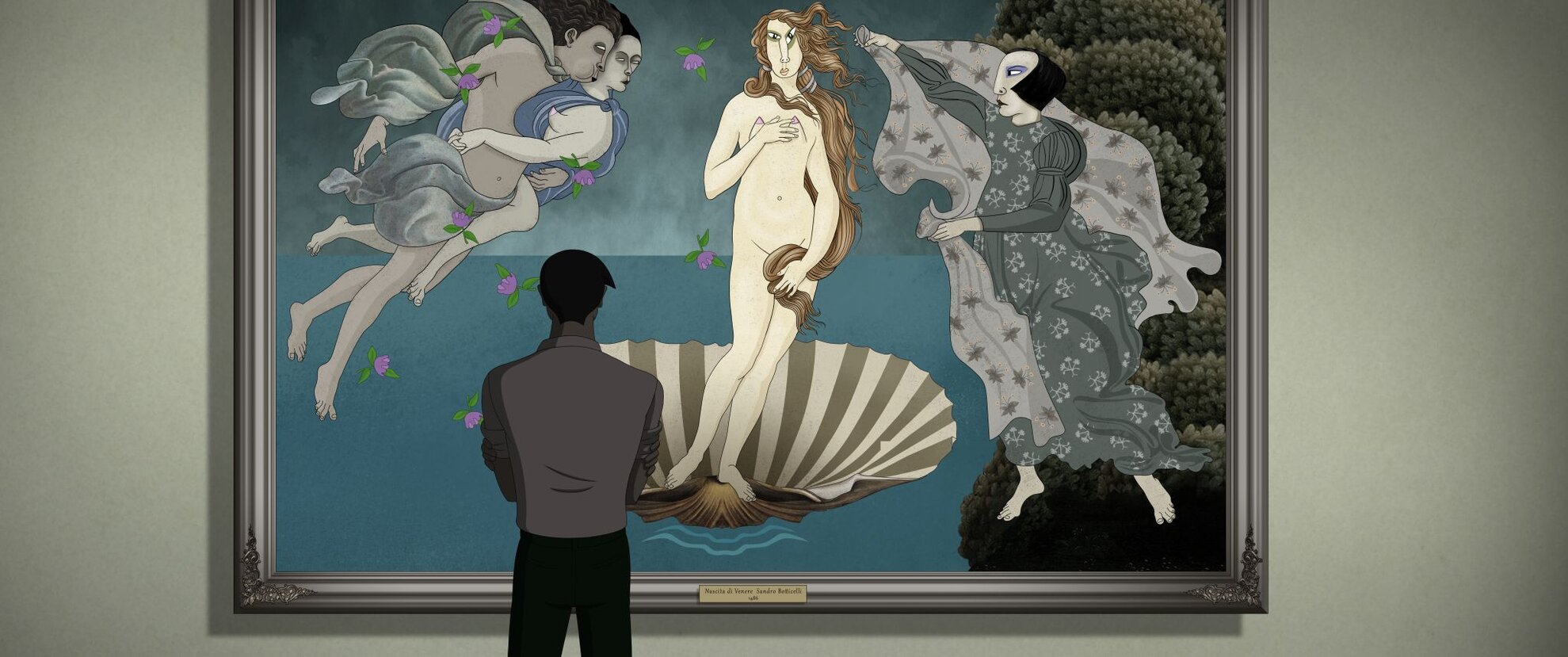
‘I deliberately made English the original language of the movie. From the very beginning, I knew that we were talking about fine arts. And fine arts have no borders. It’s like a James Bond film – it must be global.’
Ruben Brandt, Collector. For details of screenings and upcoming English-language distribution, see rubenbrandt.com.
